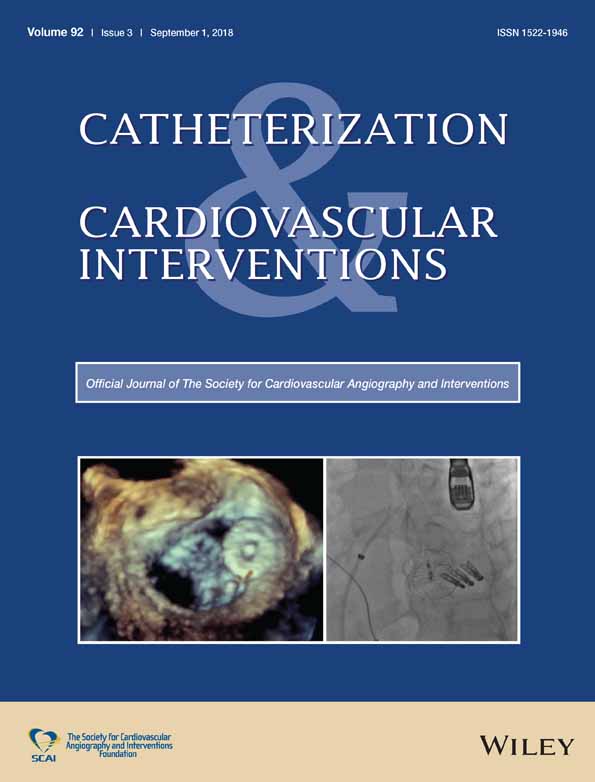Antegrade fenestration and re-entry: The legacy continues
Key Points
- Subintimal guidewire entry during antegrade wiring attempts can be approached with various techniques, such as: (a) withdraw and redirect the guidewire; (b) parallel wire technique; (c) re-entry using the Stingray system or guidewires; or (d) using the retrograde approach
- Antegrade fenestration and re-entry is a creative novel technique for antegrade re-entry that uses balloon angioplasty at the distal cap to create fenestrations between the false lumen and the distal true lumen, followed by advancement of a soft-polymer jacketed guidewire through the fenestrations to achieve distal true lumen re-entry
- Antegrade fenestration and re-entry is an intuitive, simple, and low-cost technique, but balloon inflation may cause subintimal hematoma that could hinder re-entry. Additional study is needed to refine how antegrade fenestration and re-entry should optimally be performed and to better understand its strengths and shortcomings
CONFLICT OF INTEREST
Dr. Jaber: Consulting/Advisory: Medtronic; proctoring fees: Abbott.
Dr. Brilakis: consulting/speaker honoraria from Abbott Vascular, ACIST, Amgen, Asahi, CSI, Elsevier, GE Healthcare, Medicure, Medtronic, and Nitiloop; research support from Boston Scientific and Osprey. Board of Directors: Cardiovascular Innovations Foundation. Board of Trustees: Society of Cardiovascular Angiography and Interventions.




